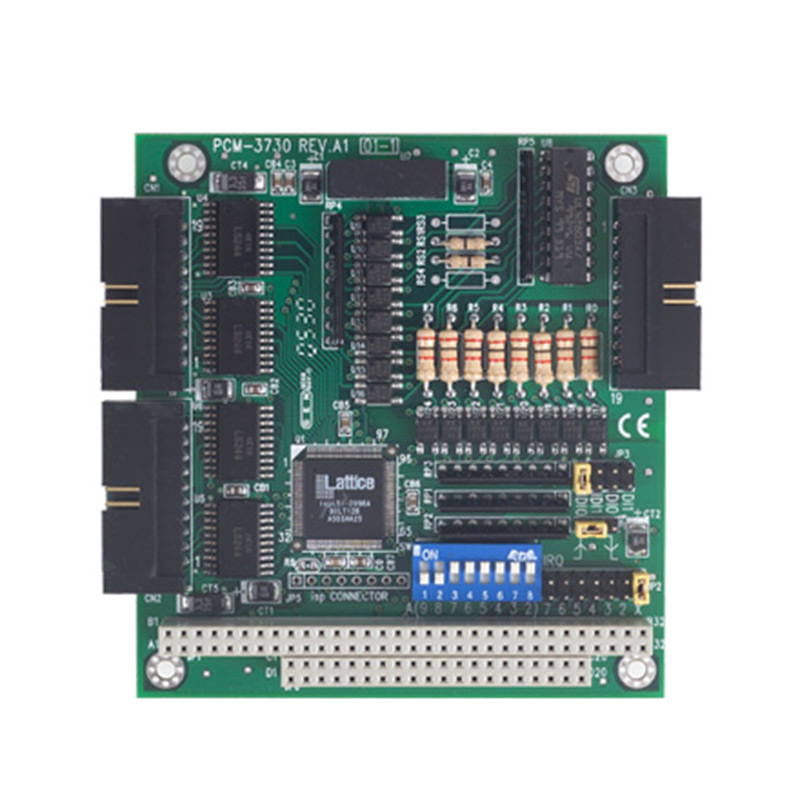

The Advantages of Soft Coat Low-E Glass in Modern Architecture
In today’s world, where energy efficiency and sustainability are paramount, the use of advanced glazing materials has become essential in modern architecture. One such innovation is Soft Coat Low-E (Low Emissivity) glass, which offers numerous advantages over traditional glazing options. This article explores the benefits of Soft Coat Low-E glass, its applications, and its role in enhancing energy efficiency in buildings.
The Advantages of Soft Coat Low-E Glass in Modern Architecture
One of the most significant advantages of Soft Coat Low-E glass is its contribution to energy savings. By reducing the amount of energy required for heating and cooling, buildings equipped with this type of glazing can achieve considerable reductions in their energy consumption. Studies show that using Low-E glass can lead to energy savings of up to 30-50%, depending on geographical location and environmental conditions. In an era where energy costs are on the rise, this efficiency translates into substantial financial savings for homeowners and businesses alike.

Moreover, Soft Coat Low-E glass enhances the overall comfort of indoor spaces. By minimizing temperature fluctuations and glare caused by direct sunlight, this glazing type creates a more pleasant living and working environment. The improved thermal performance also contributes to the durability of furnishings and decor, as it helps prevent fading caused by UV rays. Therefore, spaces filled with natural light remain visually appealing while maintaining a consistent and comfortable indoor climate.
Another noteworthy aspect of Soft Coat Low-E glass is its impact on sustainable building practices. As the world becomes increasingly aware of environmental issues, architects and builders are seeking materials that reduce a building's carbon footprint. Soft Coat Low-E glass meets this demand by lowering energy consumption, which in turn reduces greenhouse gas emissions associated with heating and cooling systems. Incorporating this advanced glazing option into new constructions and retrofitting existing buildings aligns with global sustainability goals and contributes to the quest for greener architecture.
In addition to its energy efficiency and environmental benefits, Soft Coat Low-E glass can also enhance the aesthetic appeal of buildings. It can be manufactured in various tints and styles, enabling architects and designers to achieve the desired look and feel while reaping the advantages of advanced glazing technology. Whether used in residential projects or commercial developments, Soft Coat Low-E glass offers both functional and aesthetic versatility.
In conclusion, Soft Coat Low-E glass is a game-changer in the realm of modern architecture. Its ability to significantly improve energy efficiency, enhance indoor comfort, and contribute to sustainable building practices makes it an essential material for contemporary construction. As the demand for energy-efficient and environmentally friendly solutions continues to grow, Soft Coat Low-E glass stands out as an exceptional choice, making it a vital component in the design of high-performance buildings. Embracing this innovative glazing technology is not just a step toward achieving energy savings but also a commitment to creating a more sustainable future for generations to come.